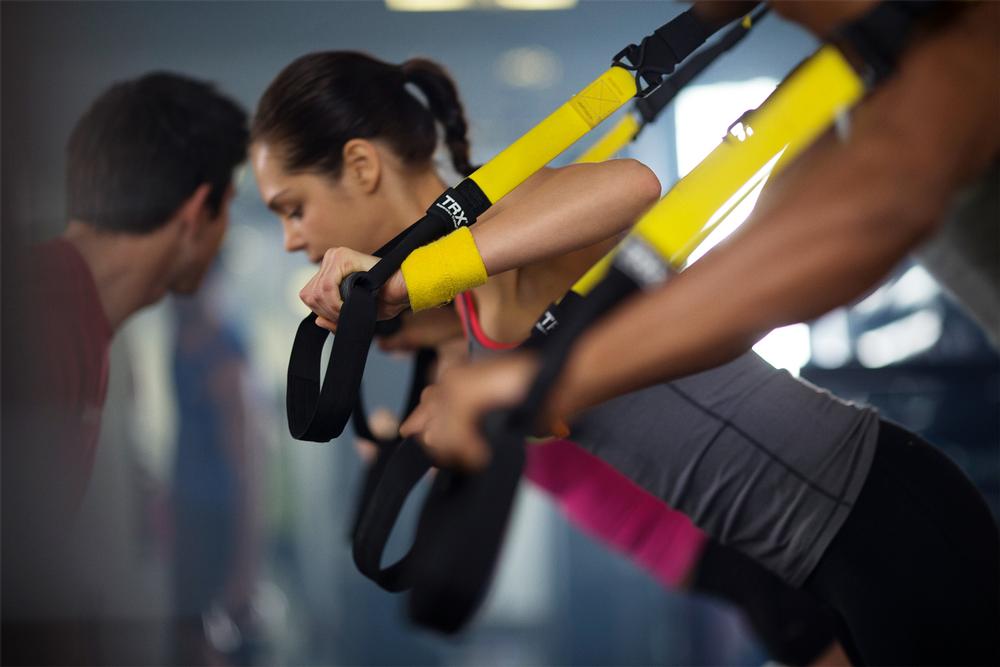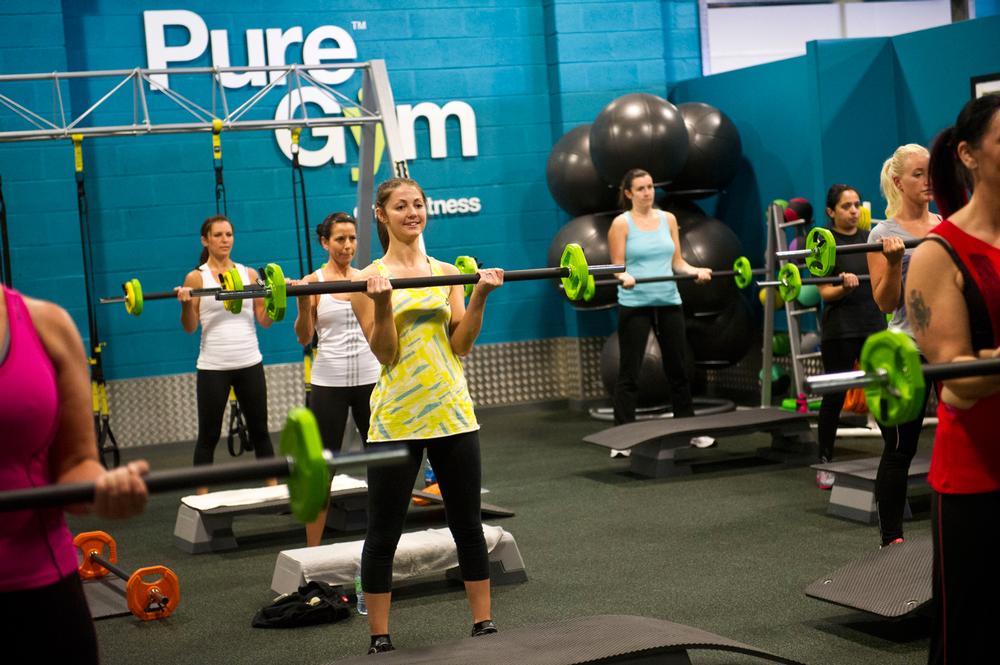Where does the health and fitness industry currently sit within its product lifecycle?
After years of maintaining more or less the same level of population penetration, are there any signs of green shoots that mark a possible turning point for the sector – a point at which it will leave its plateau behind and grow once more?
The product lifecycle theory states that there are four key phases in a product’s life. The introduction phase involves researching, developing and then launching the product. This is followed by the growth stage, when sales are increasing at their fastest rate. Maturity is characterised by sales being near their highest point, but with the rate of growth slowing down due to factors such as market saturation and higher levels of competition. Decline is the final stage of the cycle, when sales begin to fall, but this may be avoided if the product is revitalised through innovation; not all products will reach this stage.
While different sectors of the UK fitness industry are at different stages of their lifecycle, the overall picture is of an industry in the stage of maturity: high levels of competition, with some viewing the market as already saturated, and overall population penetration rates holding steady. So what comes next? Do we decline, hold steady, or grow through reinvention?
Some sectors of the fitness industry are already in a growth phase – budget clubs, for example, and the microgyms – but for now the overall sector holds steady. However, at the recent IHRSA European Congress, industry consultant Ray Algar explained how the sector had now lost its “temporary monopoly”, with competition arising not only in the form of other gyms but also from other fast-evolving sectors such as technology. And Christophe Andanson, stalwart of the fitness industry in France, warned that the health club model is genuinely at risk for the very same hi-tech reason.
So might we actually hit the final stage of the cycle: decline? Or is there anything else that might fall in alongside the low-cost gyms and slingshot us into growth – the continuing emergence of the microgyms, new partnerships with organisations both in and outside of our sector, or perhaps harnessing the fast pace of technological innovation to help us move outside of bricks and mortar facilities altogether?
Alternatively, will the sector simply opt for gentler reinvention to ensure it remains relevant – thus steering clear of decline – but remaining within the maturity phase? We ask the experts.



























































